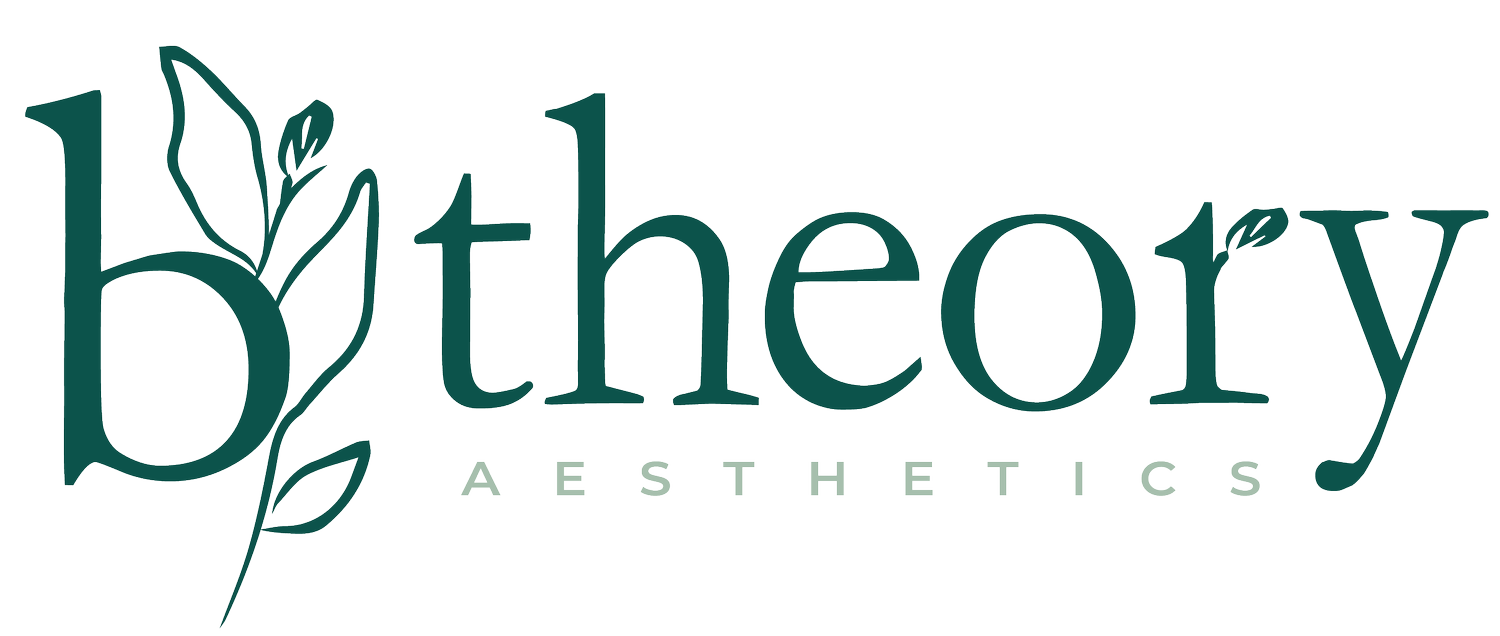Exposing Toxic Fragrance Chemicals in Personal Care Products
What’s your daily toxic chemical load exposure?
Our skin absorbs about 88% of the ingredients we put on it directly into the bloodstream. On any given day we are exposed to as many as 168 chemical compounds in the personal care products we use on a daily basis. On average women use 12 beauty and personal care products per day and men use 6 personal care products per day.
We need to carefully consider what we are putting on our bodies on a daily basis. Personal and beauty-care products include shampoo and conditioner, body wash, body lotion, deodorant, body spray, perfume, hairspray and other hair styling products, artificially colored and scented cosmetics, nail polish, and personal hygiene products that may also be scented. Household products may include laundry detergents, scented candles, dish soap and cleaning products to name just a few. It adds up! We are deeply curious about the rise in autoimmune conditions and infertility that we are seeing in this country and the relationship to the use of toxic personal care products…not to mention the impact on the environment.
The “F” word in the personal care and household cleaning products industry
Fragrance is big business in the U.S. and abroad and the fragrance industry is entirely self-regulated with no federal or state guidelines of any kind for regulating the safety of fragrance chemicals or disclosure of fragrance ingredients from fragrance suppliers to manufacturers to consumers.
According to the Breast Care Prevention Partners, there are roughly 4000 fragrance chemicals currently being used in the industry despite increasing rates of contact allergies in children and hundreds of millions of people globally suffering from fragrance allergies.
The use of fragrance can lead to serious health consequences. People with fragrance allergies may suffer from headaches, asthma attacks, rashes and dermatitis, breathing difficulties, cardiovascular and neurological problems when exposed to fragrance chemicals. Additionally, many of the chemical compounds used to formulate fragrances are known to impact endocrine function, reproductive health, and autoimmune conditions.
The word fragrance can indicate the use of dozens, even hundreds, of non-disclosed often toxic chemicals in a single product. These chemical formulations are considered “trade secrets,” thereby making them exempt to FDA regulation. These formulations may also be listed under the umbrella terms perfume, parfum, or aroma. Reading labels becomes an essential part of choosing safe, non-toxic products.
Aren’t natural fragrances safe? What about unscented products? Well, it’s confusing…
It’s true, some natural scents originate in nature. And once again, there is no regulation over the use of the terms “natural fragrance” or “fragrance oil” (implying an essential oil). A so-called natural fragrance may be formulated with all chemical compounds (as some of them are indeed found in nature). Products that are scented with essential oils may be a better option for some people, but essential oils are potent, concentrated scents that may cause irritation and reactions in sensitive people.
Essential oil quality is extremely important when choosing products that are scented with these plant-based formulations. Again, there is no standard in the U.S. for regulating the production and processing of essential oils. The words ‘therapeutic grade” and “organic” may indicate higher quality, but these terms are not regulated. Look for the Latin name of the plant to ensure you're getting the right oil, the name of the country of origin, a statement of purity (ensuring that nothing else has been added to the oil or blend), and purchase from a reputable and ethical supplier, remembering that higher quality has a higher price.
Even using unscented products doesn’t ensure that you are not getting exposed to fragrance chemicals. These chemicals may be used to mask the scent or odor of other ingredients in a formula to eliminate their scent.
Ingredients to look for and avoid
While the list of ingredients to avoid is mighty, here is a list of common fragrance ingredients to avoid:
Phthalates
Toluene
Benzene
Benzyl chloride
Dioxane
Petrolatum
Propylene glycol
Parabens
Formaldehyde
Mercury
The Toxic Nix It List from Green Envee is a great resource for more common ingredients to avoid in skincare products.
Here’s how we help you
We understand how overwhelming it can be to find safe products that are active and effective without having harmful ingredients and side effects. At b Theory Aesthetics, we have chosen to work with the following skincare companies as they meet our criteria for being organic, clean and safer for the environment: Green Envee and Suntegrity.
Have questions about the products you are using?
One of the best resources available for finding out if a product is safe is EWG.org. They have an app to download and you can look for products that are EWG certified. Think Dirty is another excellent app to use for checking product ingredients. Also look for Leaping Bunny Certification, European Union Reach Program, NSF International, USDA Organic, and MADE SAFE as examples of verification, accreditation, and/or certification standards for "clean and safe" personal care products.
Clean options/sources for makeup that we recommend include: Credo, Osmosis and Thrive Causemetics.


